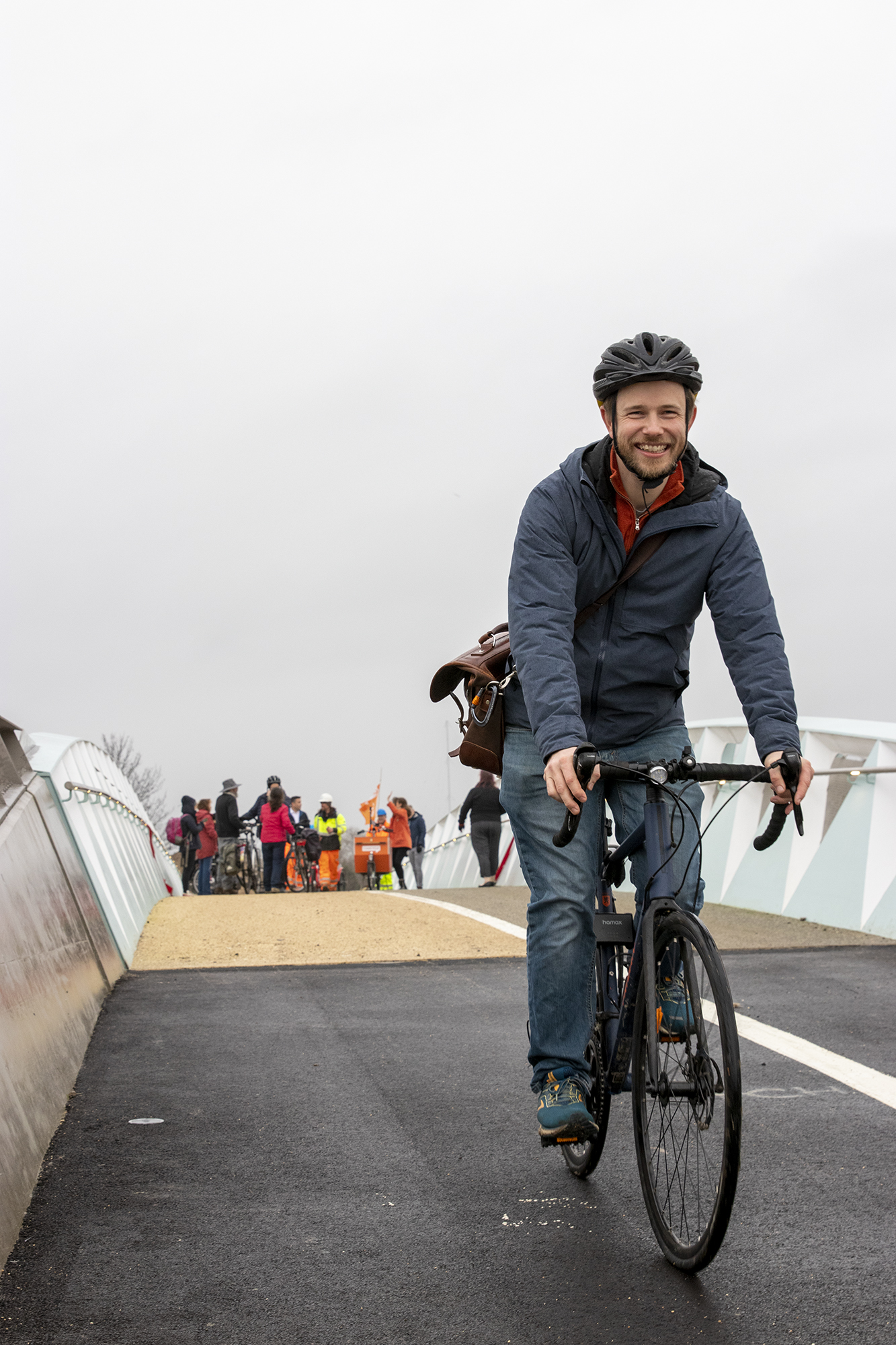
The Chisholm Trail forms a key backbone route for cyclists and pedestrians from one end of the city to the other.
The Chisholm Trail will link Addenbrooke’s Hospital and the Biomedical Campus in the south to the business and science parks in the north. The central section from Cambridge Station to Cambridge North Station, which this project deals with, is a 3.5-kilometre route.
The route will link to each end of the Busway at the current railway stations, providing a largely off-road 26-kilometre route from St Ives to Trumpington.
Through the Trumpington Busway, the Chisholm Trail also connects to the proposed Cambridge South railway station and the Cambridge South East Transport project, which will provide an off-road cycle route from the Cambridge Biomedical Campus / Addenbrooke's, out to the A11 and Granta Park / Abington and on to Linton.

